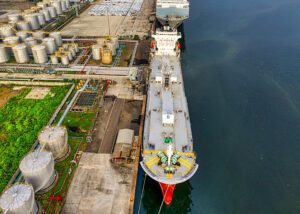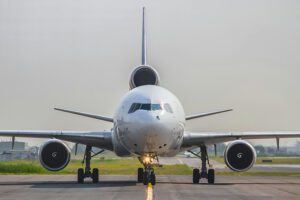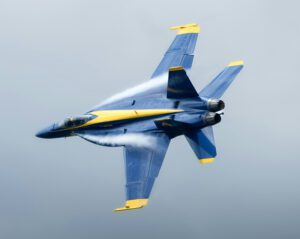Africa’s energy “trilemma” of energy security, energy affordability, and energy sustainability, might be solved by thinking nuclear—and small, according to participants at the 2024 US-Africa Nuclear Energy Summit.
Places in Africa that have been traditionally the hardest to energize could be reached through small modular reactors (SMRs) and microreactors, according to speakers at the second annual version of the summit, held Aug. 27-29 in Nairobi Kenya,
“Nuclear energy checks off all the boxes in the energy trilemma, it’s the only technology that provides energy security, affordability of electricity, as well as environmental sustainability, but it also creates a lot of jobs,” said Des Muller, Managing Director at NuEnergy Developments, an energy consultancy serving Southern Africa.
Muller told summit participants that the jobs created by nuclear energy are long-lasting, “not only during construction but the 60 to 80 years of operations and maintenance.” Meanwhile the power produced by nuclear projects can grow more jobs, because “an abundance of energy always grows an economy,” he said.
Benefits of going small
SMRs were promoted at the summit as a solution that will allow faster deployment and have lower upfront costs compared to the traditional larger reactors. Because the reactor itself is smaller, the area needed for an SMR power plant is smaller, and it can be assembled in harder to reach areas, according to the Nuclear Business Platform.
“SMRs also incorporate advanced safety, security, and non-proliferation features, including being designed to withstand extreme weather and seismic events, and can be tailored to match the specific needs of a country’s power grid with the ability to scale up as needed,” Bonnie Jenkins, U.S. Ambassador and Under Secretary for Arms Control and International Security, told the summit. “Importantly, our SMRs can play a critical role in decarbonizing non-electric sectors as they can power heavy industries.”
There is no reason why SMRs could not be built in Africa, summit participants said.
If small is good, smaller might be better. The summit also featured discussion of microreactors, which are currently under development and are even smaller than SMRs. Microreactors are mobile nuclear reactors that can be transported by a truck. These reactors can be carried straight to a place of the energy insecurity and attached to the electrical grid, which means they could help stabilize the energy supply in Africa.
“SMRs, along with microreactors, will be online within the decade, offering some unique capabilities because of their simpler and compact designs,” Michael Goff, Acting Assistant Secretary of the Office of Nuclear Energy for the U.S. Department of Energy, told the summit. “Due to these unique capabilities’ utilities and communities will have more options to deploy nuclear power to power their local and regional economies.”
Challenges of SMRs and microreactors
While summit participants were upbeat on the possibilities of smaller reactors, there are challenges.
As researchers have noted, the public will expect microreactors to allow for greater cost savings and efficient setup.
“A key source of uncertainties about the competitiveness of new smaller nuclear designs is the extent to which they will exhibit the relatively high capital costs, excessive construction times, and excessive lead times that have been cited for large nuclear power facilities,” according to a study from the University of Idaho on the future of nuclear technology. “These considerations have complicated public perception and increased investor hesitancy over recent decades, and by extension, have led many to question the economic viability of small nuclear facilities.”
Microreactor developers have said they are working on designing reactors that can be built at a lower cost.
Another concern that must be addressed is the amount of waste produced by SMRs and microreactors. One study found that they will produce much more than larger reactors.
“Our results show that most small modular reactor designs will actually increase the volume of nuclear waste in need of management and disposal, by factors of 2 to 30 for the reactors in our case study,” said study lead author Lindsay Krall, a former MacArthur Postdoctoral Fellow at Stanford University’s Center for International Security and Cooperation (CISAC).
While cost and waste challenges remain, energy specialists are hoping that smaller is better when it comes to harnessing nuclear power for Africa.














